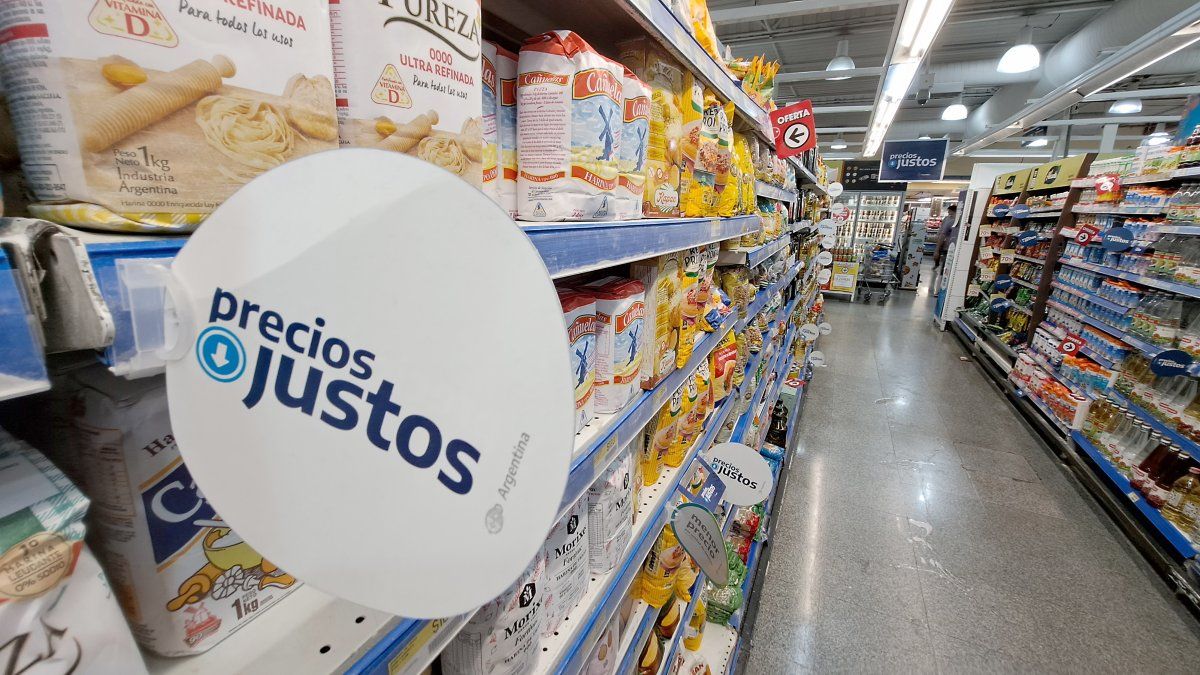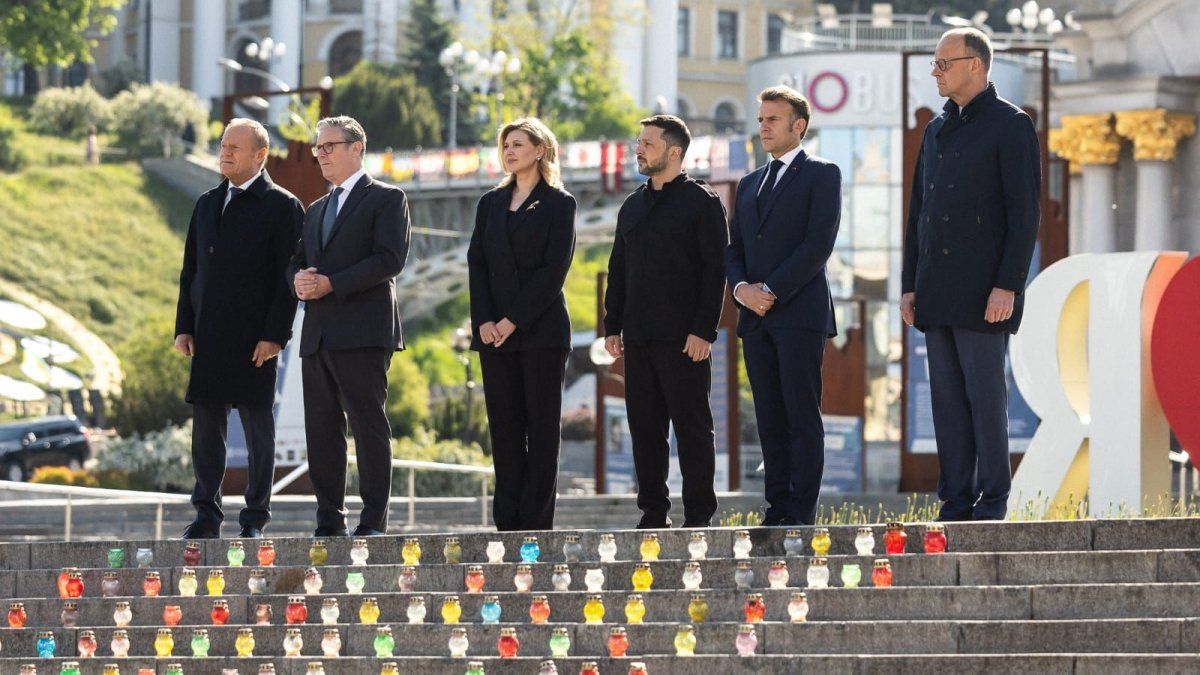During the last year, the construction cost index was a few points below inflation: 86.3% year-on-year, against 92.4% the CPI, according to November data from Indec. However, the construction cost index includes labor and general expenses, which were below the general level. If only materials are taken into account, they climbed 89.8% year-on-year.
In November, that month alone there were some materials that were above inflation of 4.9%. The largest increases in a single month occurred in: shaped finned steel (6.7%), portland cement (7.2%), cables (13.2%), glass (9.9%), or light fixtures in (7.9%).
The Government has a particular interest in construction. It was the sector where more jobs were created since the arrival of the Frente de Todos in December 2019. The latest data recorded is 443,000 jobs, down to 3,000 employed from the 2018 record. They hope that by 2023 that value will be exceeded. Currently there is a laundering in force so that undeclared money can be externalized for the construction of houses. Where there are lights of soul is in the exercise: although in the accumulated of 2022 it is 5.5% above that of 2021, from July onwards there have been three falls in a row measured seasonallyaccording to the Indec.
In summer, Commerce will also negotiate agreements for the school basket, for the return to school, a sector that year after year was included in Care Prices, and that will now be added to Fair Prices. What was rejected is a price agreement for tourism. Although there were some meetings during December, no progress was made. On the one hand, official sources said that most of the reservations had already been made. Also, because the Ministry of Tourism has revealed that prices rose in line with inflation, “except in category destinations that receive international tourists and move with the dollar.” In December of last year, an agreement had been announced within the framework of what the State spent on Previaje.
waterfall of agreements
Although there were announcements of 9 agreements from November to today, there are 8 in force. Some such as mass consumption, cell phones or footwear that are quite advanced in their implementation, official sources explained, while others are just being formalized.
In November, Massa launched Fair Prices. First it was for mass consumption, with almost 2,000 frozen foods for 4 months, and another 30,000 items with monthly increase limits of 4%. Then followed by fuels, where they agreed with the oil companies to limit increases of 4% for four months. Then there were cell phones, with maximum prices and quotas, until March 15. They were followed by published inputs, which may not increase more than 3.9%, also until March. With shoe manufacturers, the path of increases was 3% until April. With medicines, 3.8%, also until March. With clothing, they closed that they must maintain the current prices until February 28. With textiles, the agreement signed in November was for 60 days, so it expires in the first days of January. The home appliance agreement, which included the 30-installment plan, launched from October to December, could be extended until January, but it was finally canceled on December 22.
Source: Ambito
David William is a talented author who has made a name for himself in the world of writing. He is a professional author who writes on a wide range of topics, from general interest to opinion news. David is currently working as a writer at 24 hours worlds where he brings his unique perspective and in-depth research to his articles, making them both informative and engaging.




